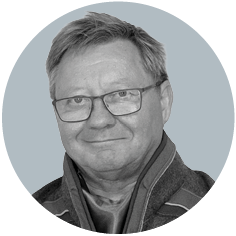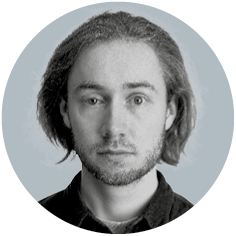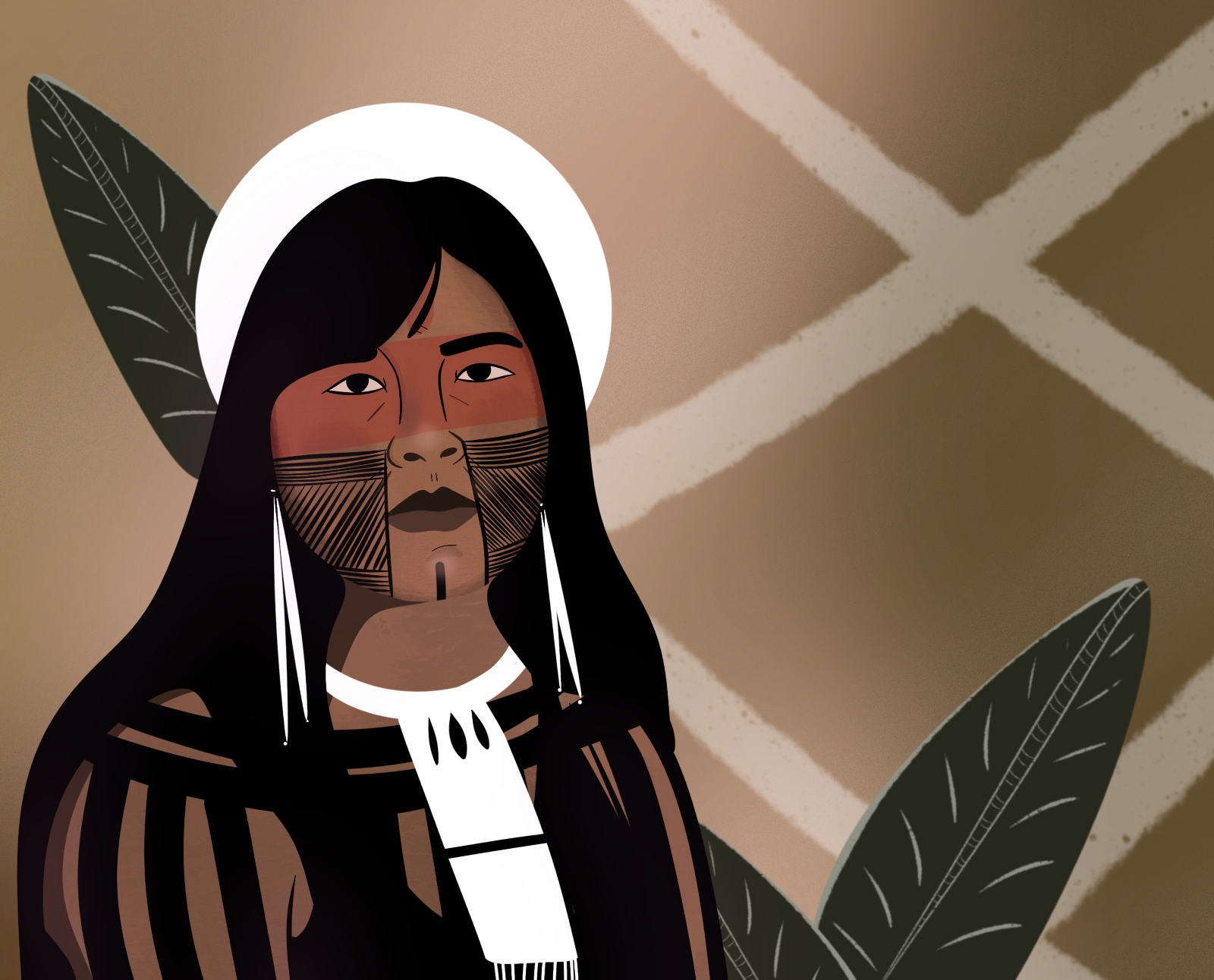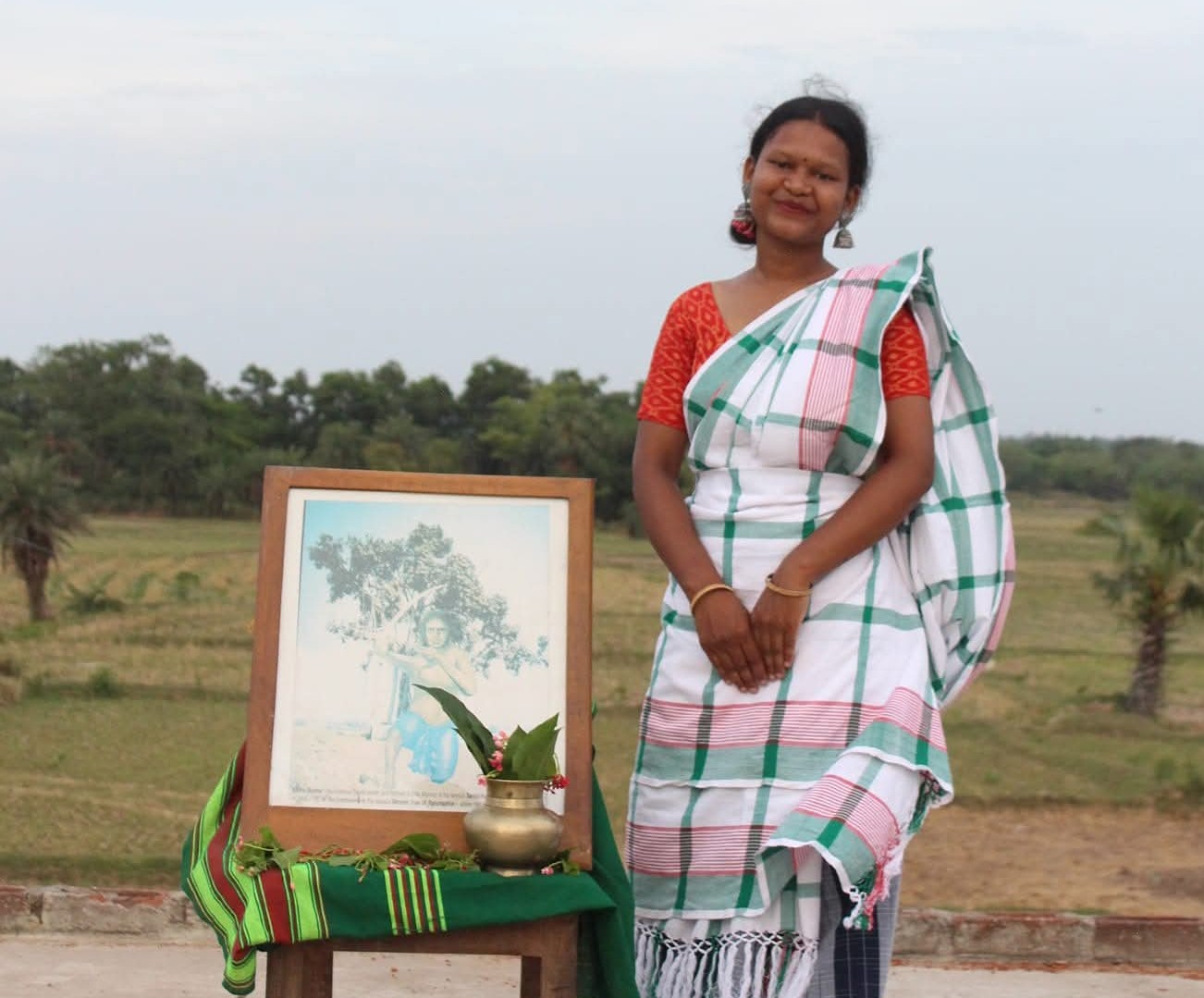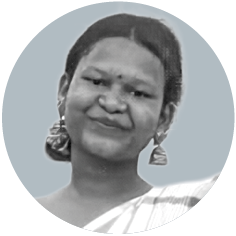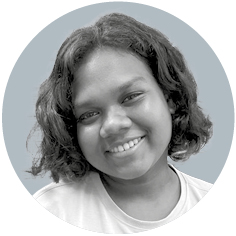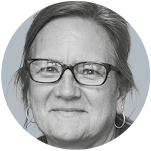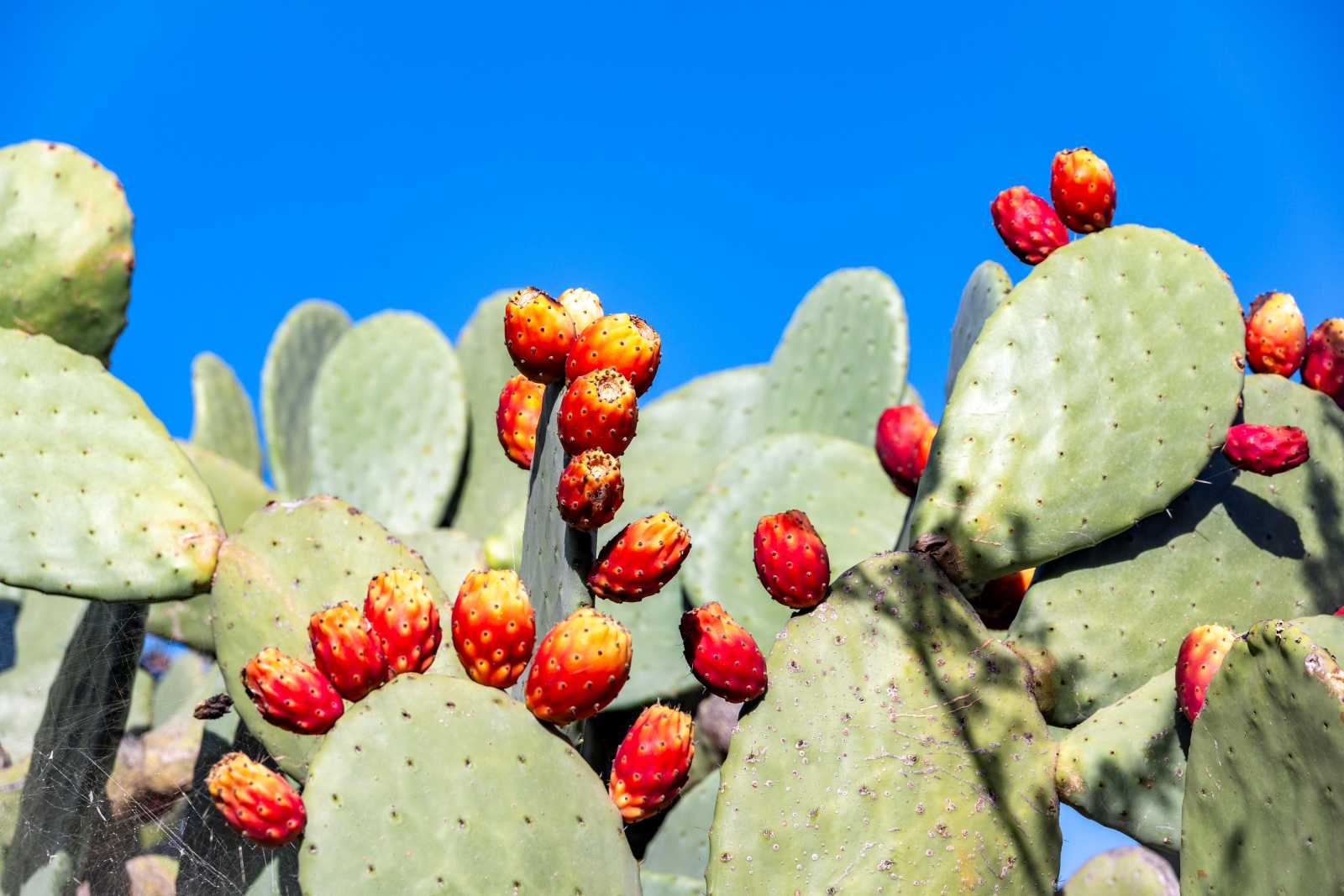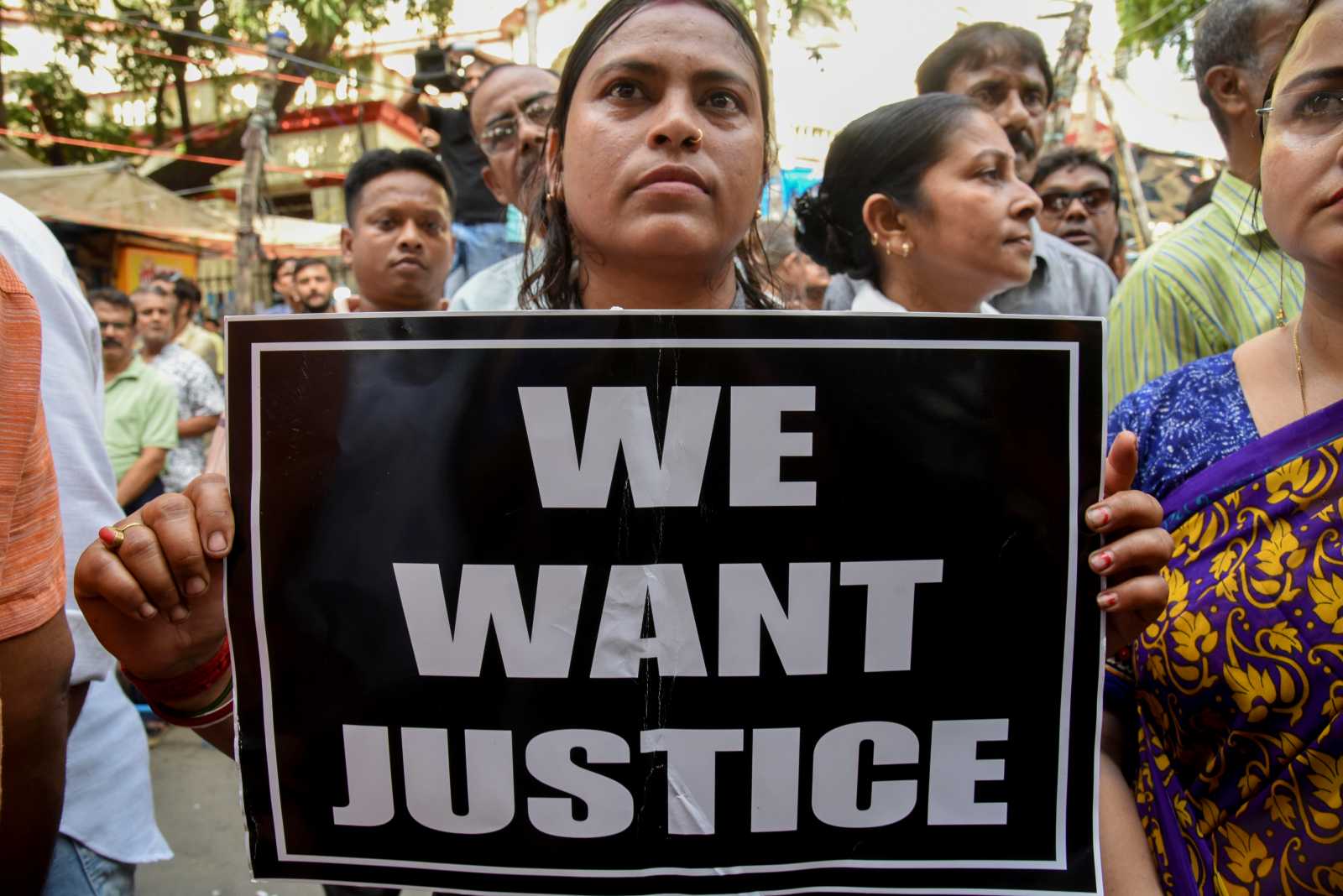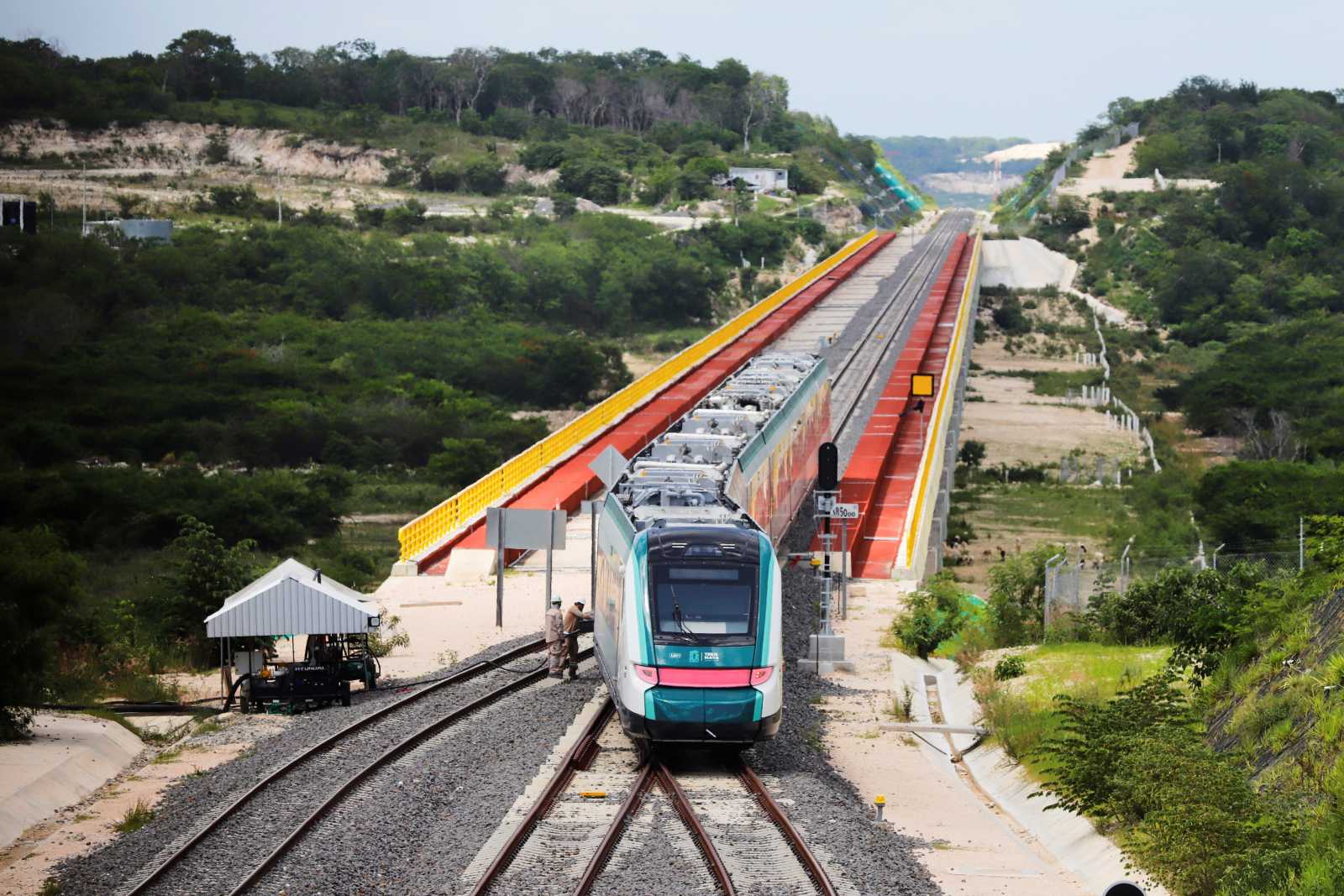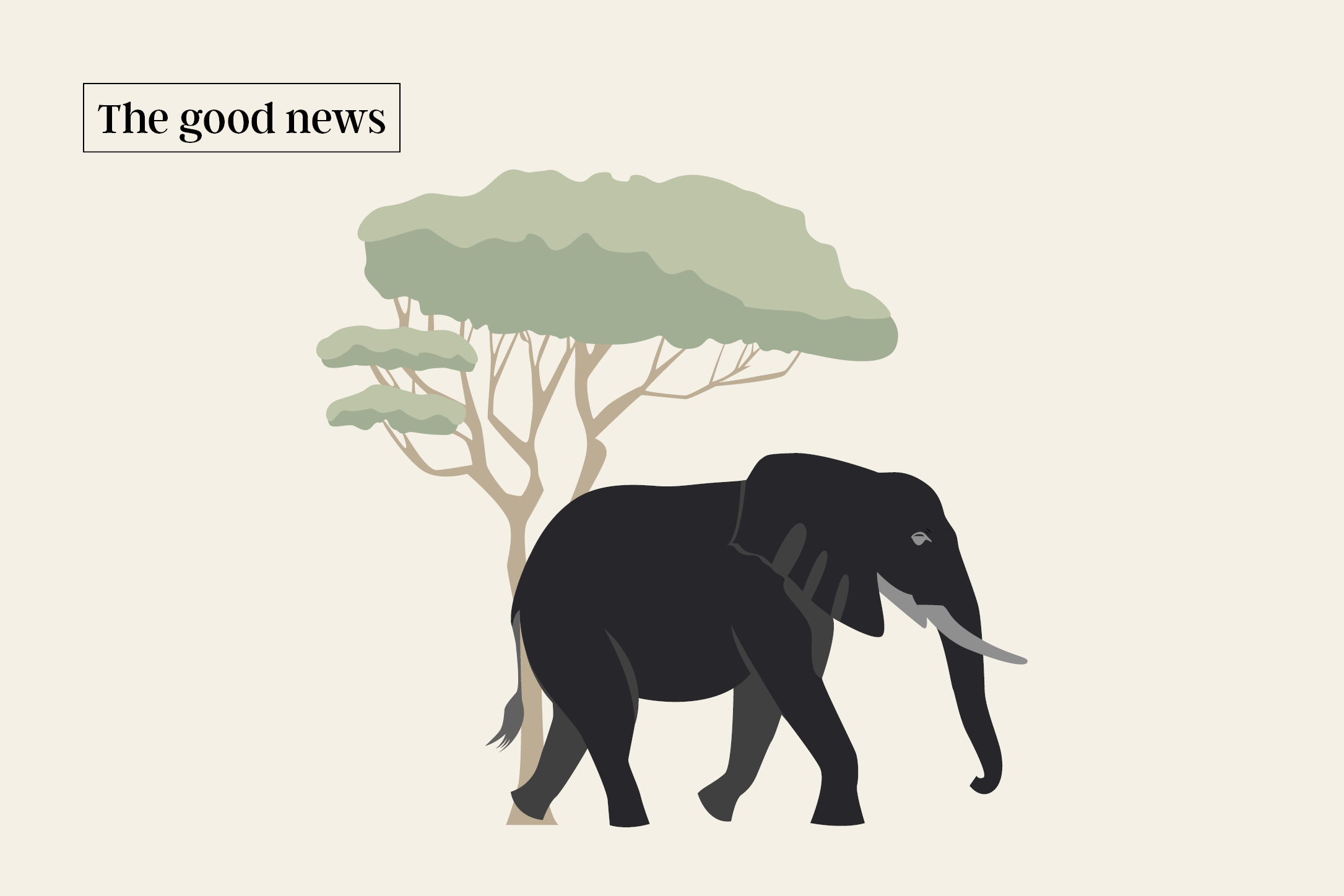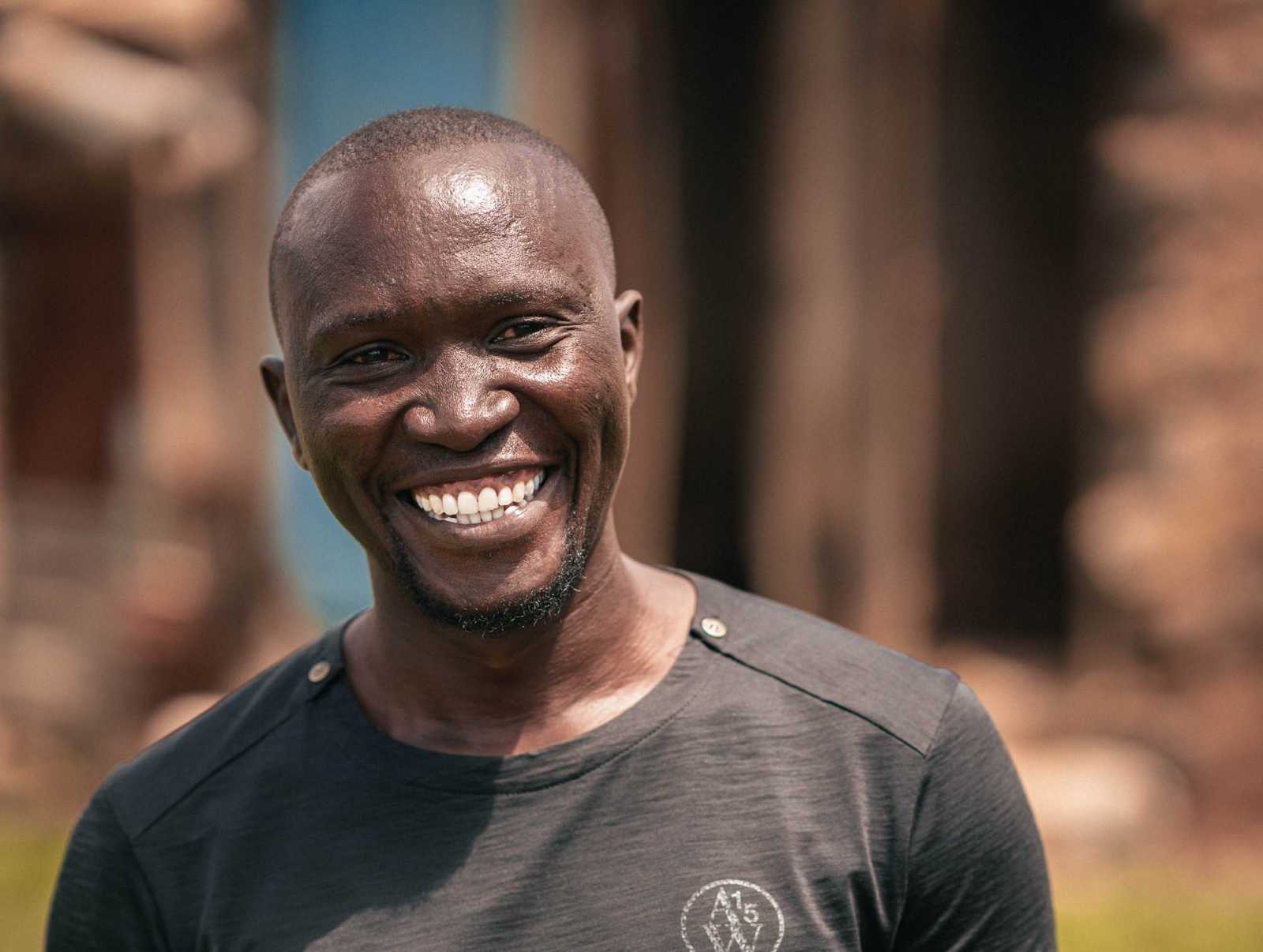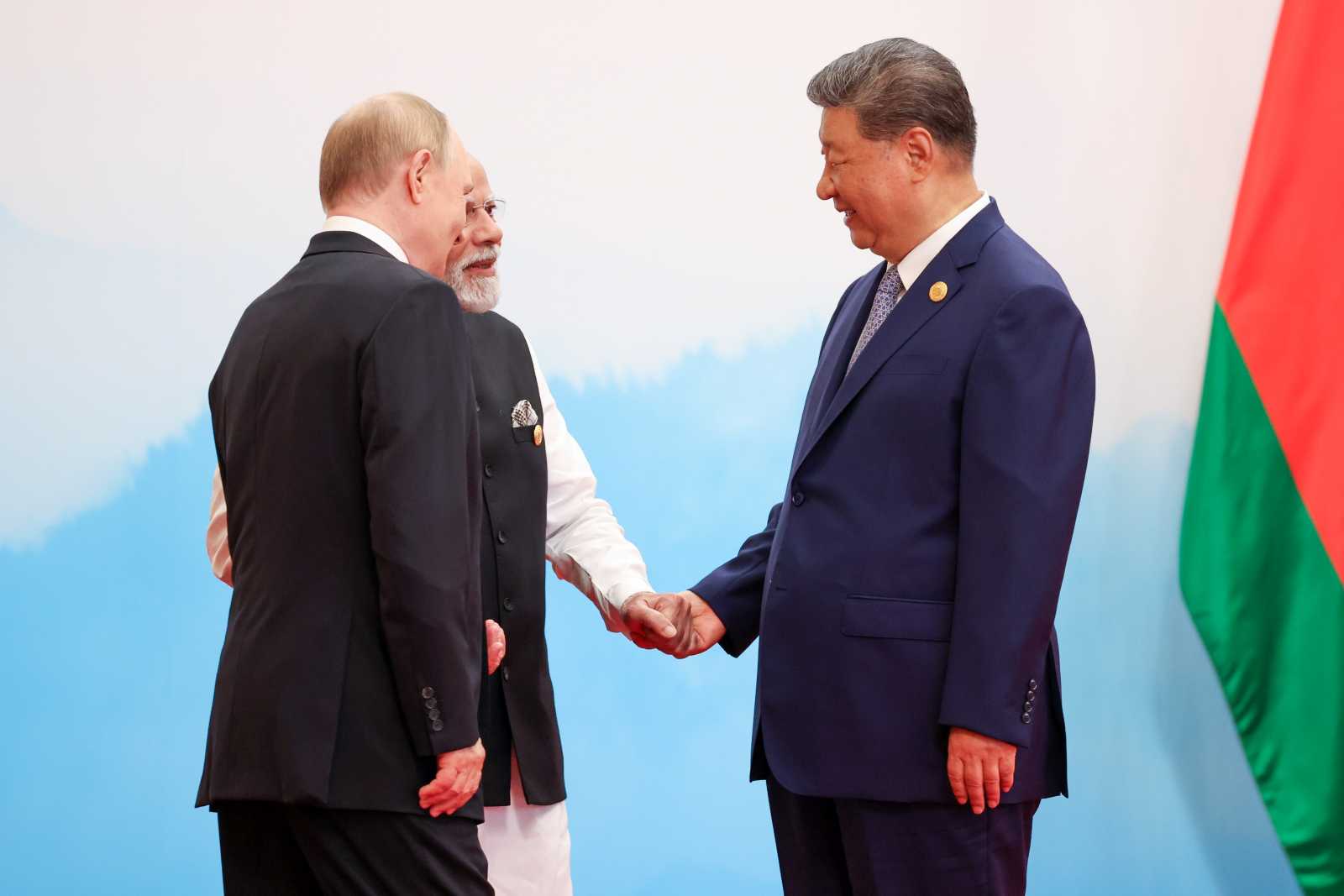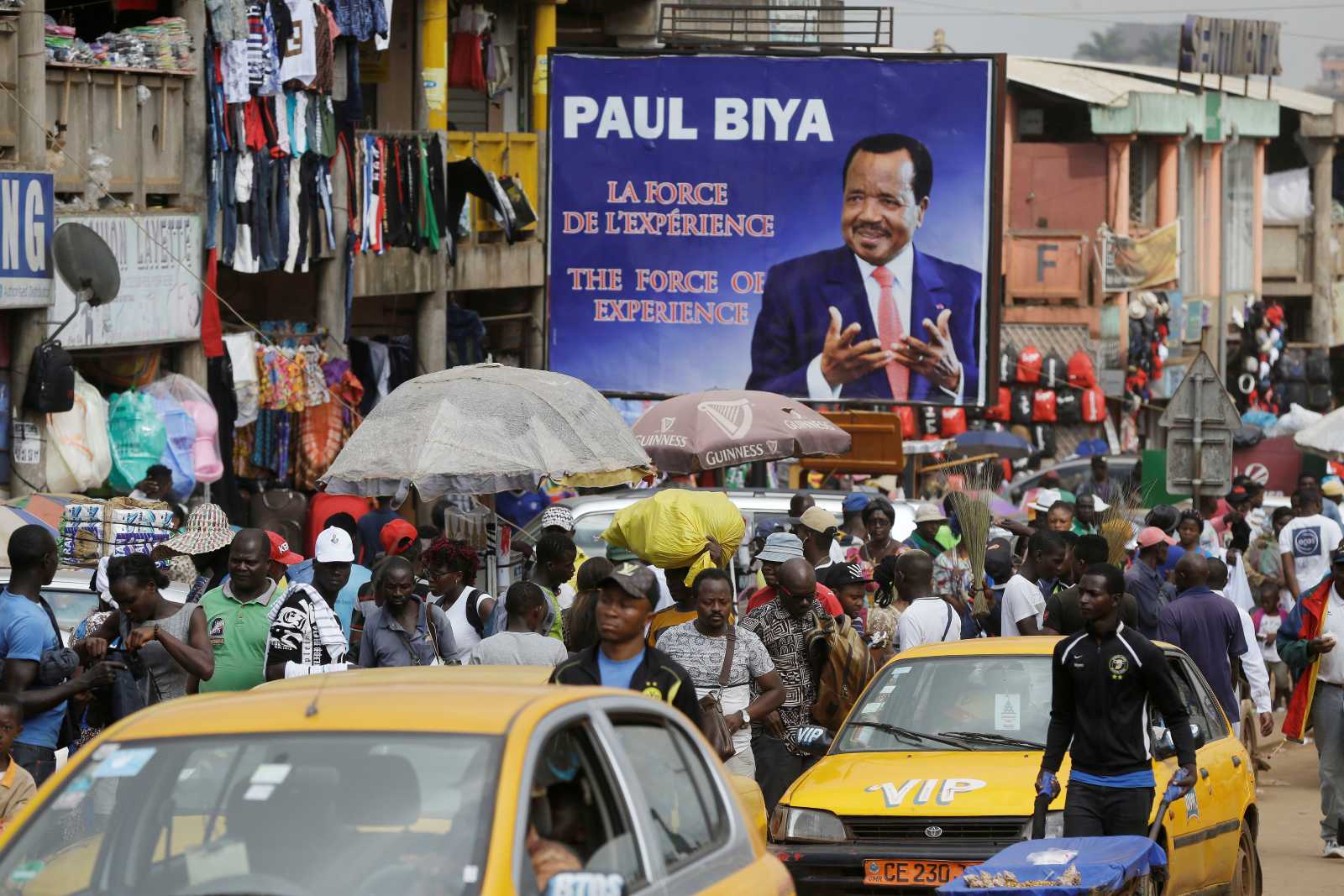Indigenous voices
“We want to be part of progress, without giving up who we are”
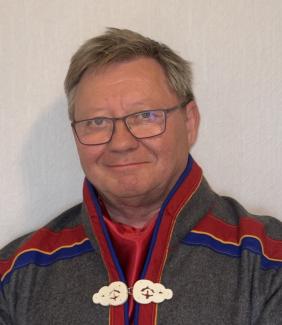
This article is part of an interview series featuring Indigenous voices from different parts of the world, including a Turkana and a Maasai from Kenya and a Santal from India.
You come from a Sámi family in northern Norway. What does your Sámi identity mean to you?
I grew up in a coastal community where Sámi was our language at home. My two grandmothers didn’t speak Norwegian at all – Sámi was the mother tongue that united the generations. My father was a fisherman until the 1960s, then worked in road construction. So yes, we were Sámi, but our daily lives didn’t differ much from those of our Norwegian neighbours.
That’s crucial for me: Sámi identity is not primarily about how you live – it’s about who you are. It’s rooted in ancestry, in culture, in language. And yet, this often goes unnoticed as so many people – even within Norway – still expect an “authentic” Sámi to look or live a certain way. That’s deeply problematic.
You’re referring to the focus on reindeer herding?
Exactly. Reindeer herding has become a symbol of Sámi culture, but only approximately 10 % of Sámi actually practice it. And yet public discourse often considers reindeer herders the only “real” Sámi. This narrow image is reinforced not only by outsiders but also by some Sámi themselves – especially those who have moved to urban areas and feel a strong need to protect tradition. So, it’s a paradox: the people who are most vocal about defending a traditional way of life are often the most removed from it. That’s not a criticism, but it shows how strong the pressure is to conform to a certain image – even if it excludes the vast majority of us.
What needs to change to address it and support the broader Sámi community?
First of all, we need to shift the perspective in general. Indigenous identity must not be measured by lifestyle. Not living “traditionally” doesn’t make you less Sámi – or less entitled to rights, recognition and cultural belonging. But that’s often the implicit message in policy and public perception.
We also need to move beyond the idea that there’s always a conflict between modern development and Indigenous rights. Sámis, like anyone else, need jobs, infrastructure, good schools and healthcare. We’re not against progress – we want to be part of it, without giving up who we are. At the same time, we need to strengthen the foundations of Sámi identity: language, history and collective memory. That’s where the state has a responsibility. It can’t be left to individuals or to a small cultural elite.
What would that look like in practice in terms of education and inclusion?
Look, when I was growing up, I didn’t learn anything about our history in school until the secondary level. That creates a disconnect. If we want young people to understand and value their identity, they need to see it reflected in their everyday environment and not just at festivals or in museums. That’s why Sámi language should be compulsory in schools in core Sámi areas – otherwise, it will fade away. It’s not enough to offer it as an optional subject. We also need a comprehensive integration of Sámi history, literature, music and perspectives into the curriculum, starting in nursery school. This is the only way we can convey Sámi identity not as a costume or postcard, but as a living and evolving identity.
Jan Olli is a Sámi from northern Norway who worked on behalf of local and Sámi communities as Director of Finnmarkseiendommen (FeFo), the land management body responsible for about 95 % of Finnmark County’s territory, Norway’s most northern region. Now retired, he advocates for a broader understanding of Sámi identity.
euz.editor@dandc.eu
